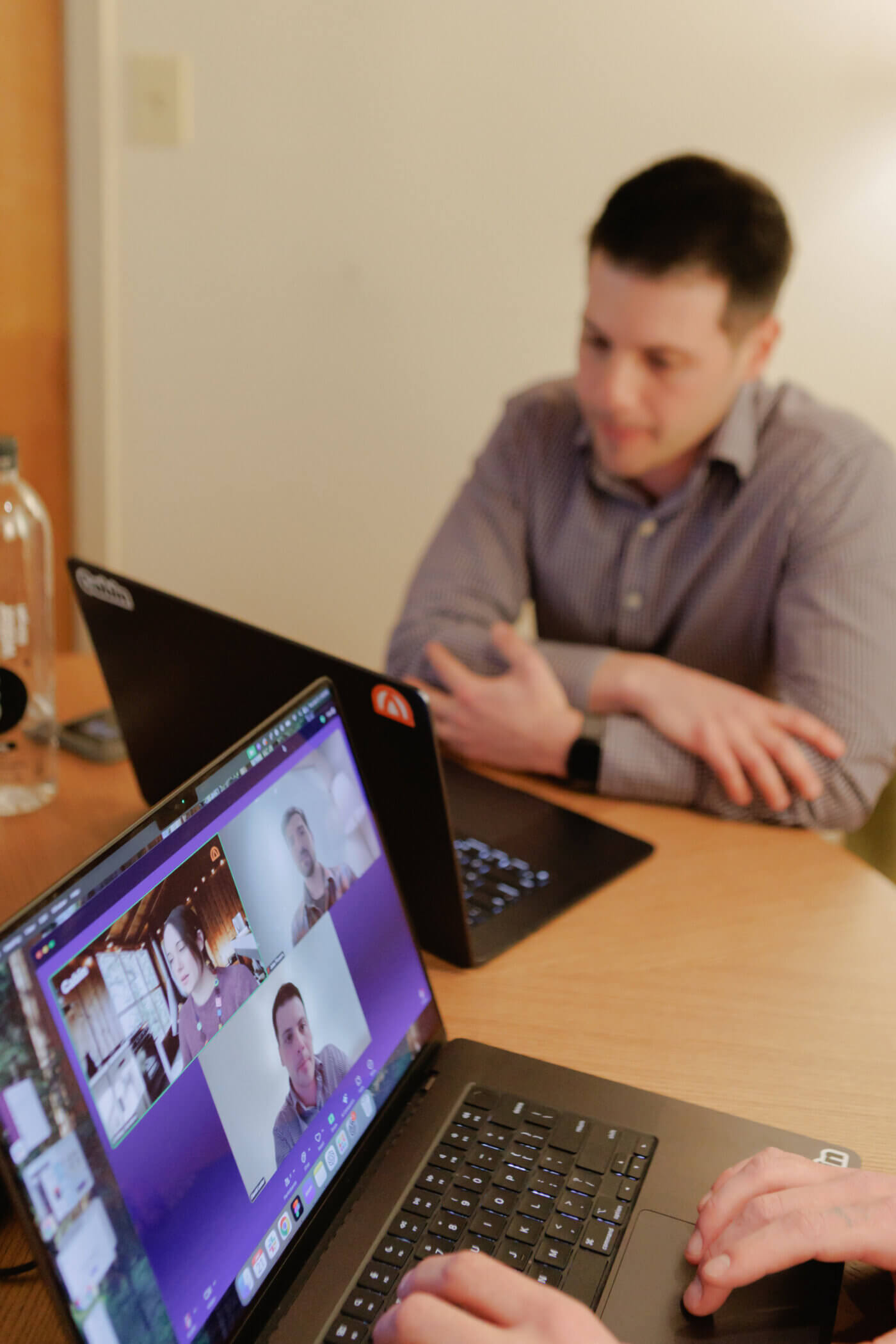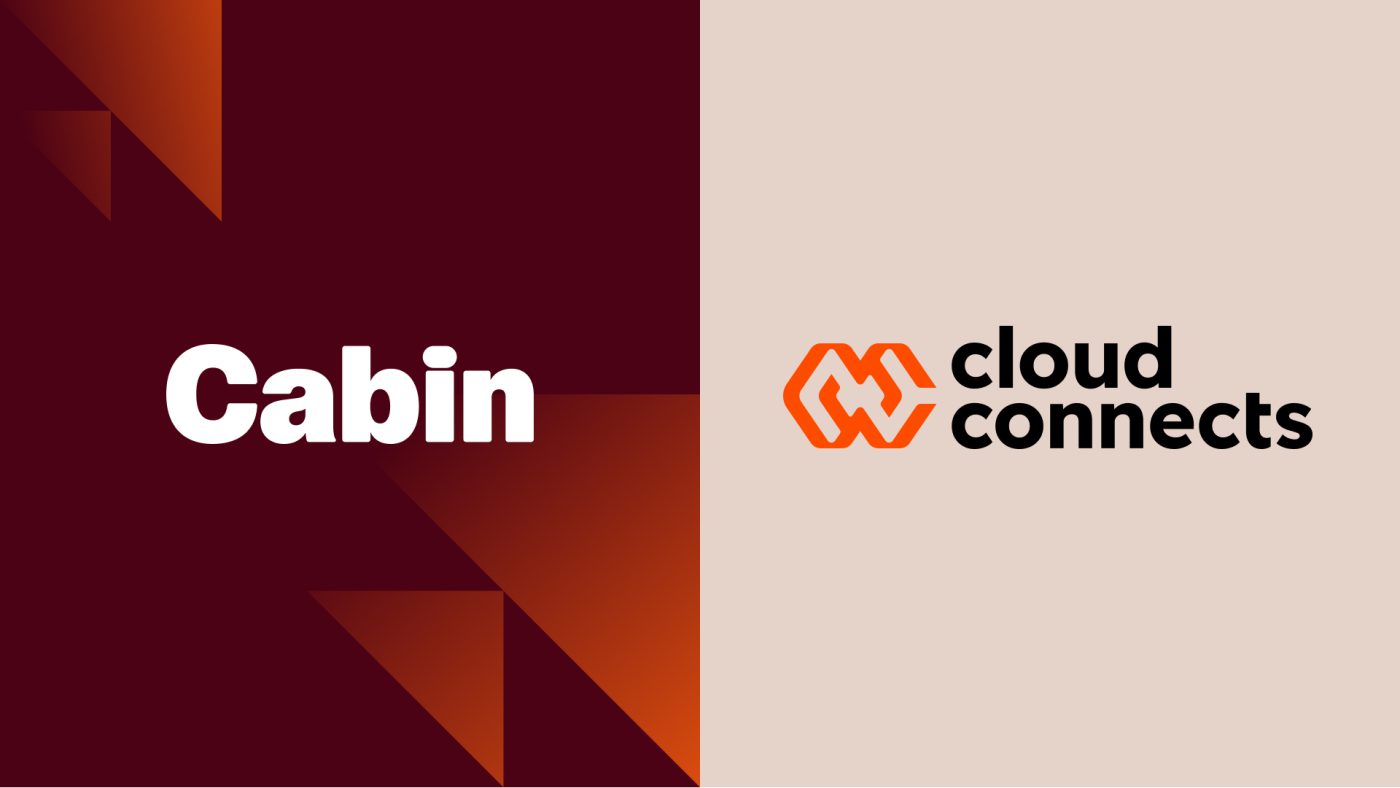AI Won’t Drive Innovation. People Will.

Where to Start with AI: Lessons from Human-Centered Innovation
Right now every organization is asking the same question: What should we be doing with AI? The headlines promise transformation, the demos look magical, and the pressure to act is intense. What’s less clear is how to get there without losing sight of what really matters.
Innovation doesn’t start with technology. It starts with people.
At Cabin, we’ve built our practice on that truth. AI isn’t the first emerging technology to capture imaginations, and it won’t be the last. What matters is whether you can connect the power of new tools to the realities of human needs, human decisions, and human futures. That’s what we mean when we say we bring humanity to AI in innovation.
How We Practice Human-Centered Innovation with AI
Over years of helping organizations innovate, we’ve learned that the teams who succeed with new technologies do a few things differently. They treat AI not as a magic solution, but as an amplifier of human-centered practices. Here are the principles that guide our work, along with examples of how they come to life:
1 > Begin with people, not tools
The most successful projects start by mapping lived experiences and unmet needs. AI becomes powerful when it fits those contexts—not when it’s applied just to prove it can.
Example: In our Order-to-Delivery transformation work with an industrial equipment company, the client was tempted to jump straight into automation. Instead, we started by mapping the human handoffs and friction points in sales rep workflows. Only then did we explore how AI could ease those pain points, like nudging reps to complete clean onboarding data entry, so the tech was solving problems people actually felt.
2 > Prototype futures you can touch
Ideas don’t move organizations; experiences do. We build quick, tangible prototypes that let people feel what’s possible with AI, and shape it with their own hands.
Example: In workshops exploring dynamic product positioning, we’ve been utilizing AI-driven mock-ups that show product leaders how client conversations might change with AI supporting customer-facing teams in real time. Seeing those prototypes sparks richer dialogue than slides ever could so that sales leaders can critique, adapt, and co-create the future they want.
3 > Keep judgment human
AI can generate options, surface insights, and accelerate analysis. But fairness, trust, and relevance don’t come from an algorithm. We design processes that keep human judgment in the loop where it matters most.
Example: In our work with a financial services team on data sharing in transactions, AI was an obvious tool to improve fraud decisioning. But we emphasized keeping issuers and merchants in control of what data to share and why; using AI as decision support, not decision replacement. The result is an ecosystem where trust is earned through human choices, not delegated entirely to models.
4 > Design for belonging
Innovation that narrows access isn’t innovation at all. We deliberately test who benefits, who’s left out, and how to expand participation so AI becomes a tool for inclusion.
Example: When designing financial product journeys for military members, we piloted synthetic personas to explore how to help those new to credit cards or banking build confidence rather than feel judged. Features like plain-language explanations or spending comparisons framed as encouragement rather than scolding ensure AI helps more members feel capable and included.
5 > Measure outcomes that matter
“AI adoption” isn’t a goal. Progress is measured in trust earned, friction reduced, time saved, and creativity sparked. If people can’t point to the benefit, the work isn’t done.
Example: In our digital transformation workshops for a civil engineering firm, we proposed “time to first value” as the KPI for AI-enabled tools. Instead of asking whether staff had adopted any specific system, we proposed tracking whether projects actually ran faster, collaboration improved, and engineers trusted the recommendations. That shift in measurement changed the conversation from “AI rollout” to “AI impact.”
These aren’t AI-specific add-ons. They’re the foundations of our innovation practice—made stronger by the possibilities AI opens up.
Taking the First Steps
AI’s potential can feel overwhelming, but the path forward doesn’t have to be. The best first step is often the simplest: start by asking where people in your organization experience friction, complexity, or missed opportunity. Then explore how AI might ease those moments or expand what’s possible.
From there, build something lightweight but tangible. A quick prototype, even a rough one, does more to spark learning and alignment than months of debate. Involve the people who will actually use the solution early, and keep their judgment and values in the loop as you refine.
Most of all, measure progress not by how much AI you’ve deployed, but by the outcomes that matter to your people: trust, clarity, creativity, time saved. That’s how you’ll know you’re not just adopting a technology, but building a future that works.
Looking Ahead
The rush around AI can make it feel like a race, but the real opportunity is a journey where the winners aren’t the fastest, but the most thoughtful. By grounding innovation in human needs, building futures people can touch, and keeping judgment and values at the center, you can shape a future people actually want to live in.
That’s the promise of bringing humanity to AI: better outcomes, better decisions, and better experiences. And that’s within reach for every organization willing to start small, stay human, and learn forward.














